Best Ways to Manually Improve Your Room Correction
You’ve come to realize that room correction and DSP can only do so much. You’ve upgraded to the most powerful room correction possible and have even experimented with REW. It seems to you that they really can’t do anything to make your room sound better. It is time to actually change the room. What can you do manually to help out your room correction so that it can do the most to improve your sound? Let’s discuss!
Author’s Note: It’s important to note that these changes will help out your sound even with entry-level room correction. Heck, it will help if you don’t have any room correction at all! Manually improving the acoustics of your room will, by definition, make your room sound better and your room correction more effective. These are changes anyone should make if they care about good sound. If you can’t do one of these, that doesn’t mean that the others won’t have benefit. Do any and all that you can. Every little bit helps.
Room Correction Best Practices
Your room correction may be the best available, but that doesn’t mean that it is infallible. It can and does make mistakes. You can’t just trust that it has set everything properly. Double-check those results. Don’t know what you are looking at? Don’t worry, we’ve got a guide for that. You’ll also want to make sure you place the microphone properly during the calibration process. Before you try anything else, you need to make sure that you’ve given your room correction the best data with which to work.
Add Room Treatments
The single best way to improve your room correction results manually is to add room treatments. Acoustic panels aren’t that expensive, can be DIY’ed by just about anyone, and make the most difference in the sound of your system. If you want to manually improve your room correction, this is the way. There is nothing better.
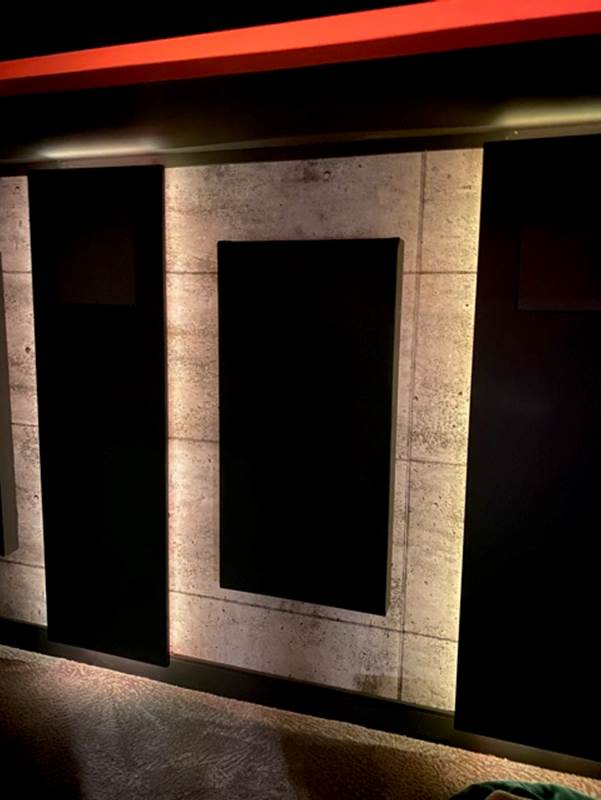
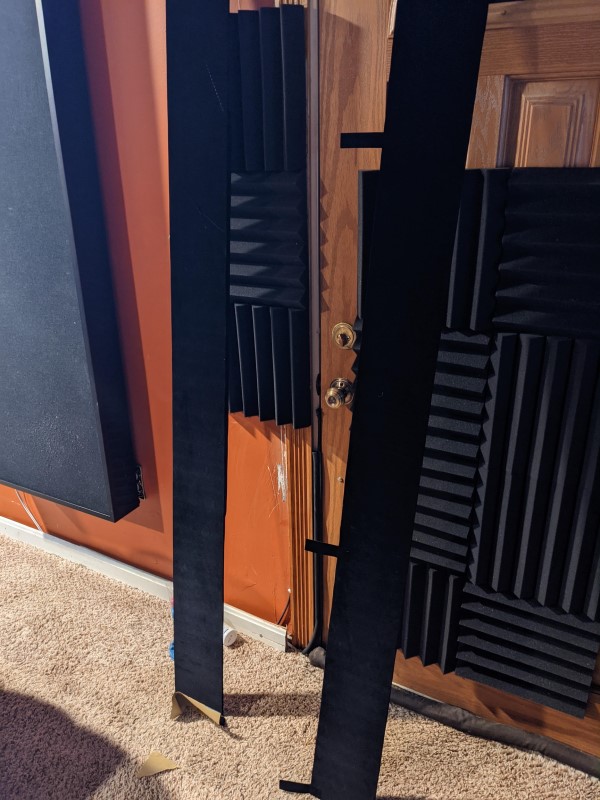
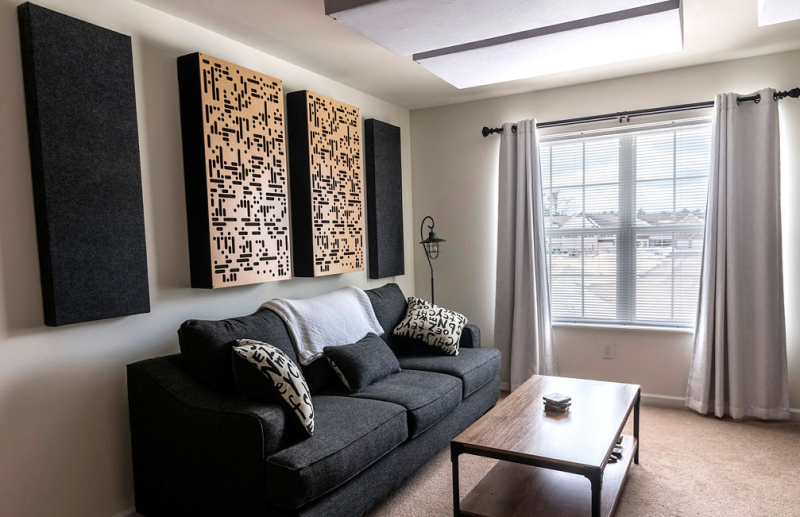
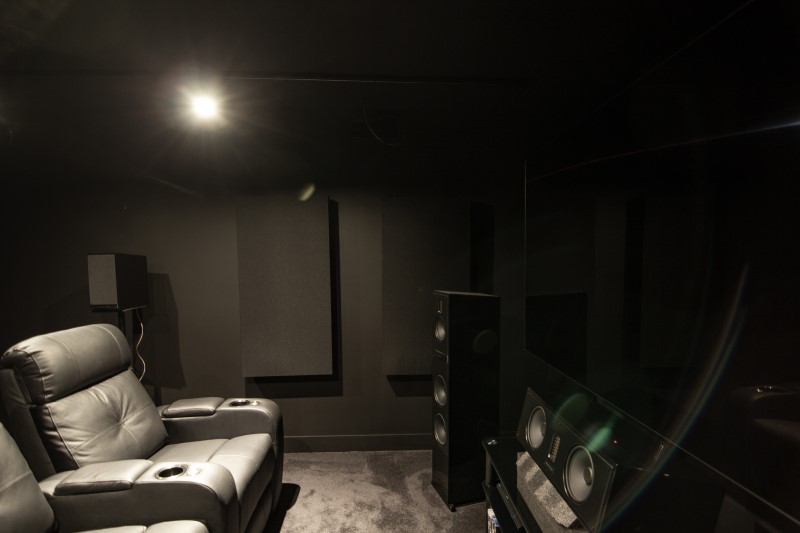
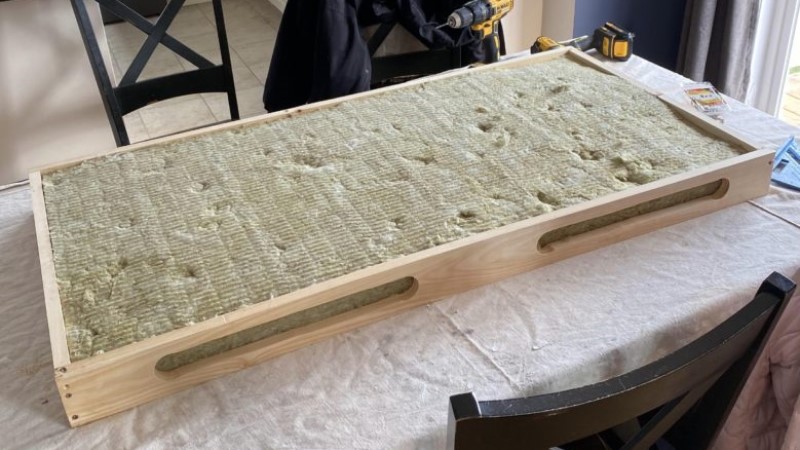
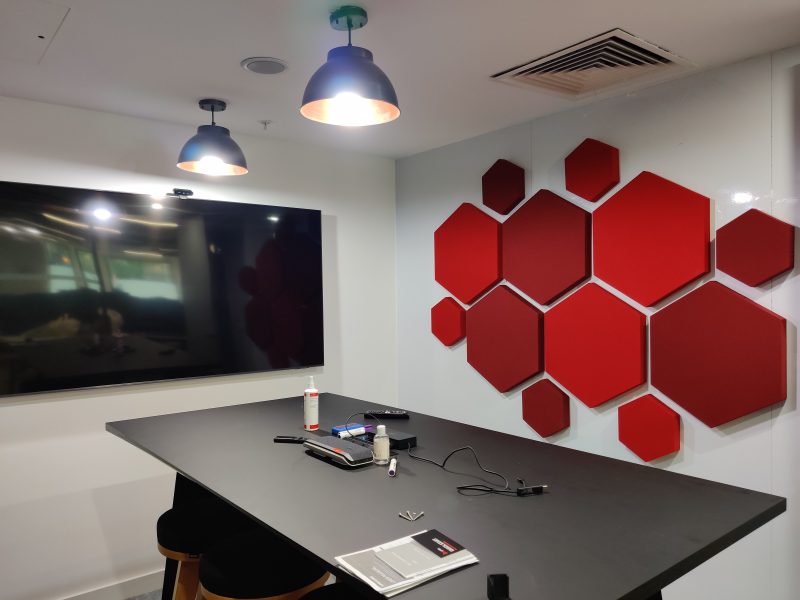
Move Your Couch Off the Wall
One of the most common problems people have with their audio systems is understanding dialogue. This is because their couches are often far too close to the wall behind. The solution is fairly simple – move that couch off the wall. The farther the better. That wall is bouncing the sound right back toward your ears. This makes dialogue harder to understand, the overall presentation muddier, and the audio experience less convincing. While acoustic panels would also help, if you can’t put a panel on the back wall, moving the couch off the wall is the next best thing.
Properly Placing Your Speakers
Nearly every AV site has speaker placement guides. We do too. Heck, we have a whole bunch of articles about speaker and subwoofer placement (we’ll list a couple below). These will help your room correction improve its performance. The more optimally you place your speakers and subwoofer(s), the better for your room correction will work. If your speakers aren’t placed generally where they should be, there is only so much your room correction can do.
- Updated: Everything Wrong with Dolby Speaker Layout Diagrams
- Dolby Updates Speaker Placement Guidelines (But We Get No Credit)
- Is Symmetry Important For Home Theater Speaker Placement?
- Home Theater Speaker Placement—Where Do I Put My Speakers?
- The Golden Triangle For Speakers is a Lie!
- I Don’t Have Perfect Placement And I Don’t Care!
- How Do Upfiring Atmos Speakers Work
- No Side Walls – What Do I Do About Surround Speakers?
- Positioning Surround and Atmos Speakers
- Subwoofer Placement—Crawling Around for Bass?
- Setting Up Dual Subwoofers
- Where to Place Two Subwoofers in a Non-Rectangular Room

Manual Calibration
If you ask online how to manually improve your room correction results, many will tell you to get a calibrated microphone and use REW. REW or Room EQ Wizard is a free program that will help you measure your speakers’ output. You can, theoretically, use this information to manually calibrate your speakers.
If this sounds overly simplified, it is. Yes, the mic isn’t that expensive (usually only a little north of $100 from Cross Spectrum Labs) and REW is free. Unfortunately, using these two isn’t as easy as it sounds (and we even have a guide) and only really leaves you with a diagnostic of how your system is currently performing. To improve how things sound, you’ll need more equipment and lots of experimentation before you end up with something better than what your standard room correction could do.
The reality is that if you haven’t added room treatments or properly placed your speakers, then trying to manually calibrate your system isn’t likely to make much more than a psychological difference. If you have done all you can with the first two above, then manual calibration can dial things to your preference. The previous phrasing is purposeful. Manual calibration isn’t likely to make your system any more accurate, but it will allow you to tune your response to your personal preferences.
Take Away
There are lots of things you can do to manually improve the effectiveness of your room correction. Most of them involve making changes to your room or system. If you can’t (or won’t) do that, buying better room correction or trying to calibrate manually isn’t the answer.


